What are BTC Layer 2 Networks?
1. What are BTC Layer 2 Networks?
2. Why Bitcoin Needs a Layer 2 Network
2.1 Rapid Growth in Transaction Volume
2.2 Hindering Block Expansion
2.3 Demand for the Prosperous Development of the Ecosystem
3. What Are Some Layer 2 Solutions for Bitcoin?
3.1 On-Chain Layer 2 Solutions
3.2 Distributed Layer 2 Solutions
3.3 Other Layer 2 Solutions
4. How to Purchase Tokens Related to Bitcoin's Layer 2
Popular Articles
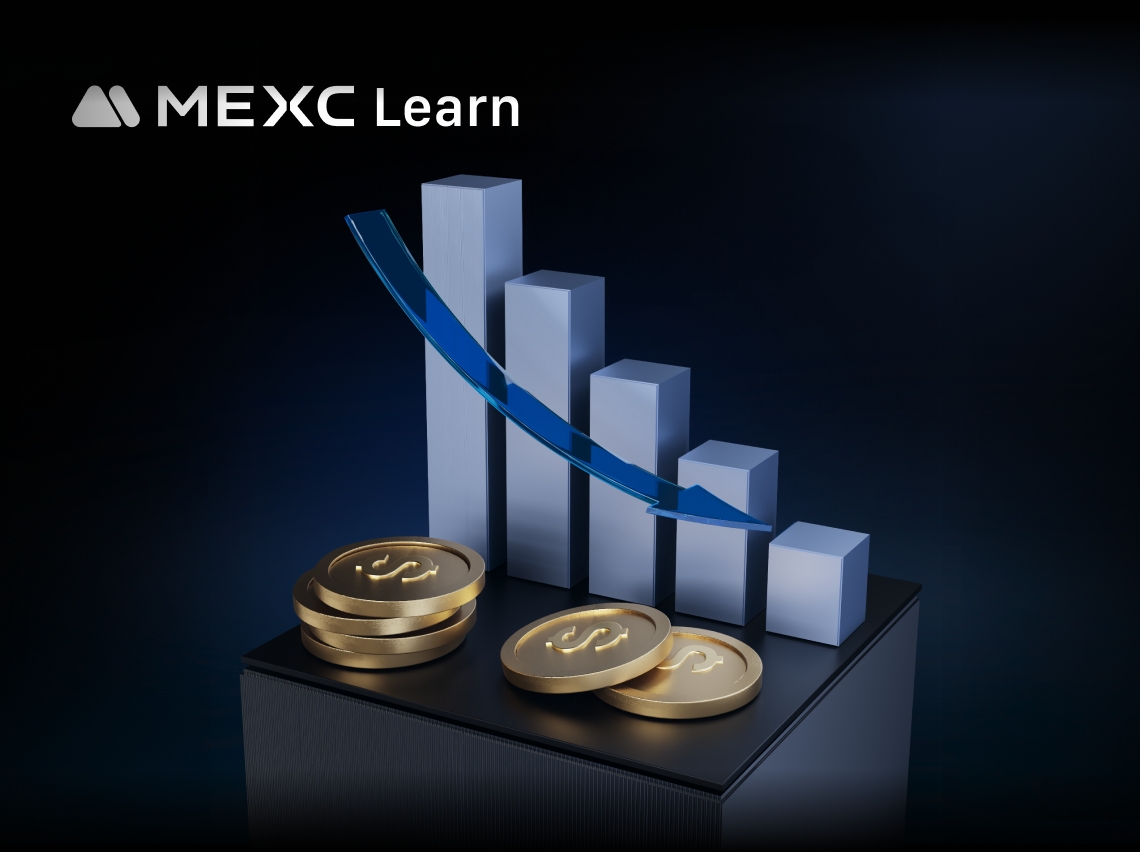
What is the Auto-Deleveraging (ADL) Mechanism? A Critical Risk Management Safeguard for Futures Traders
In the cryptocurrency derivatives market, particularly inleveraged futures trading, systemic risks from market volatility are ever-present. To ensure platform stability during extreme market condition
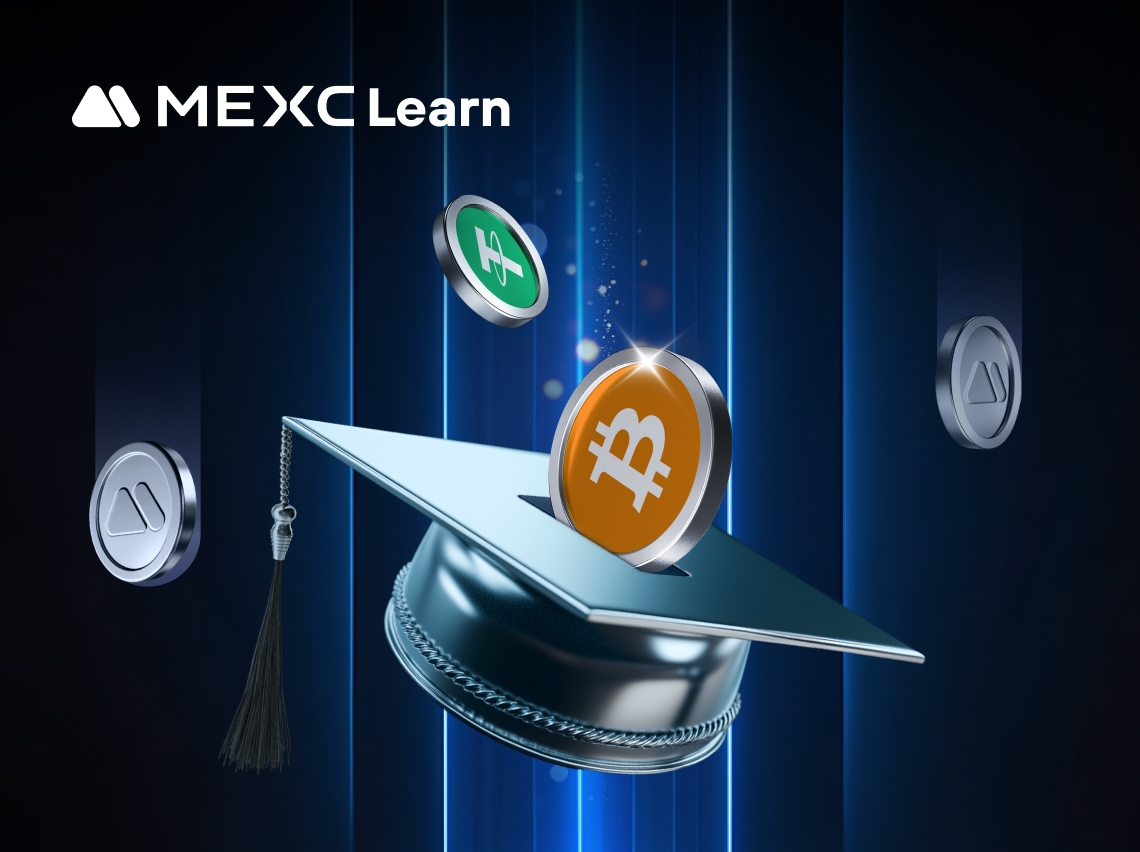
Is Solana a Meme Coin? Breaking Down the Confusion
If you've heard about Solana lately, you might be wondering: is Solana a meme coin?With so many meme coins launching on the Solana blockchain, it's easy to get confused.This article clears up the misc
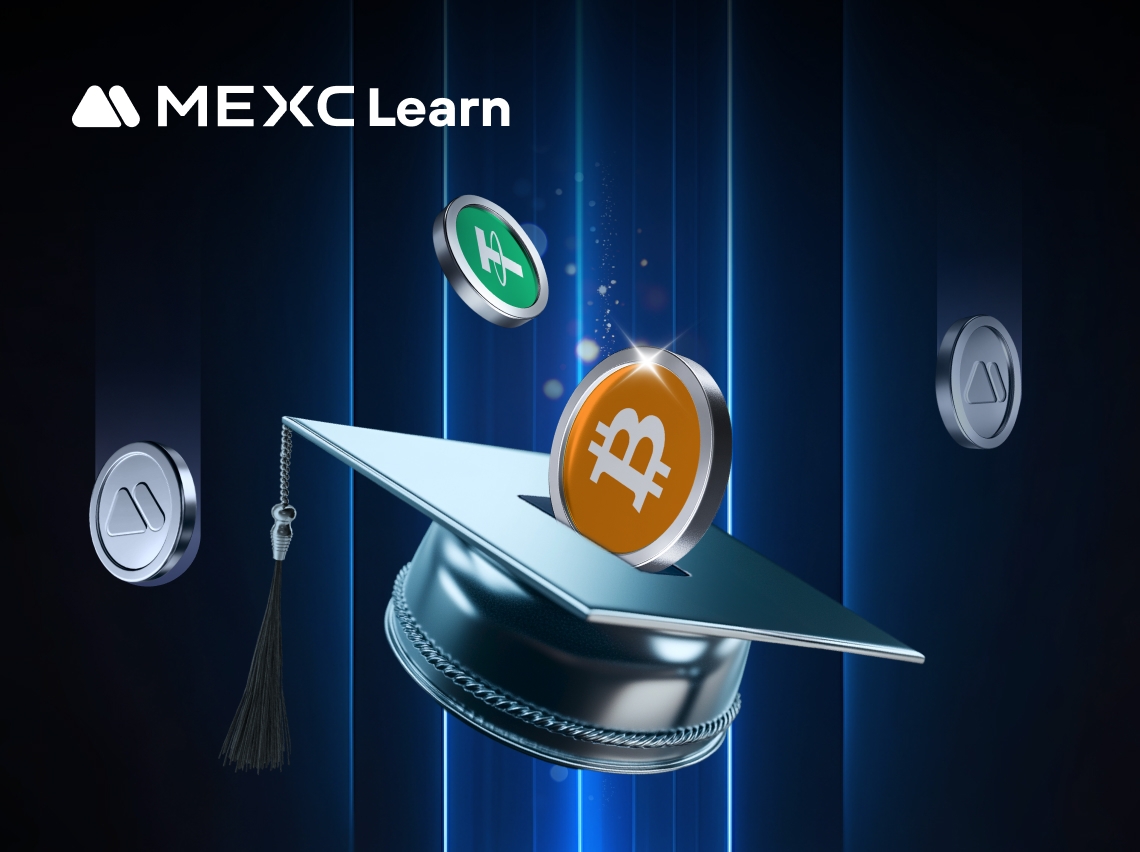
Who Owns Solana? Biggest SOL Holders Revealed
Solana has transformed from a concentrated ownership model to one of the most diversified blockchain ecosystems.Following Forward Industries' $1 billion buyback program and the redistribution of FTX-r
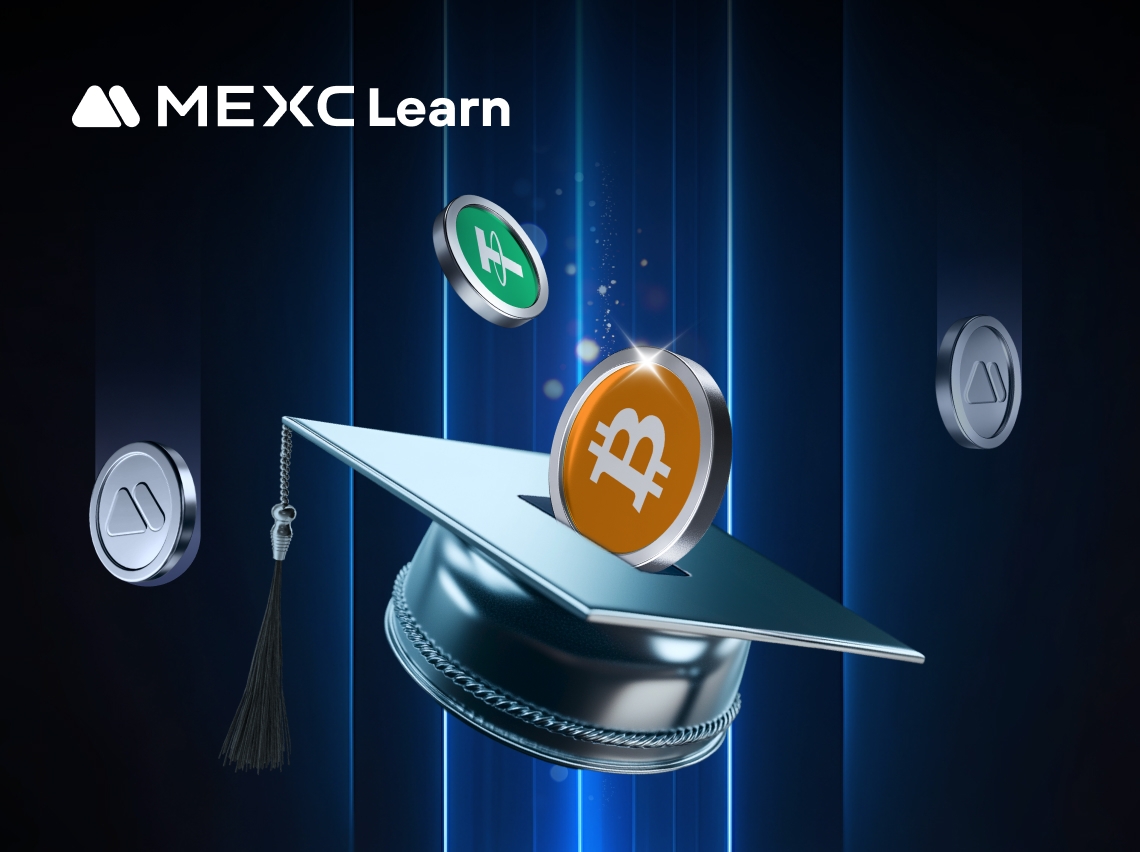
Is Solana Dead? The Truth Behind SOL's Performance and Future
The question "is Solana dead" has circulated crypto forums recently, especially after SOL's significant price correction from its January all-time high of $294.This analysis examines Solana's current
Hot Crypto Updates
View More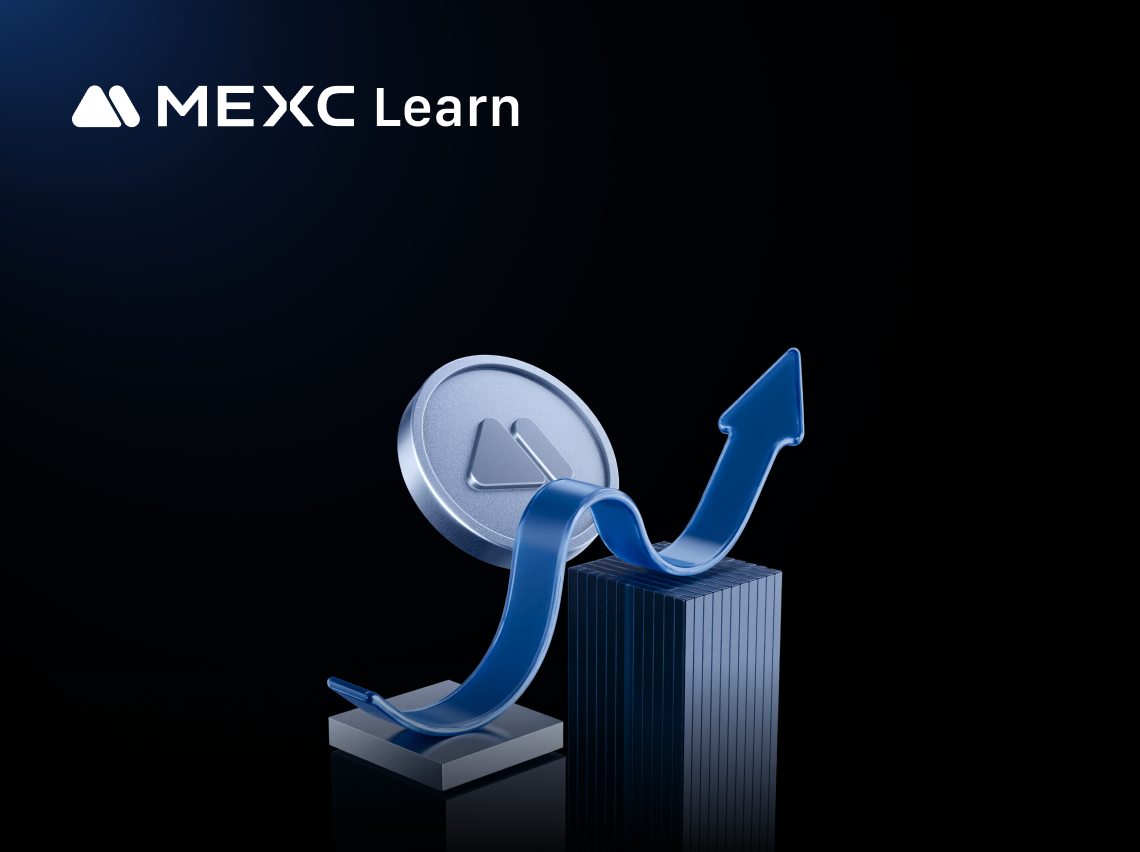
Bitcoin (BTC) 7-day Price Change
The Latest Bitcoin (BTC) price has shown significant movement over the past week. In this article, we'll examine Bitcoin's current price, 7-day performance, and the market factors shaping BTC's
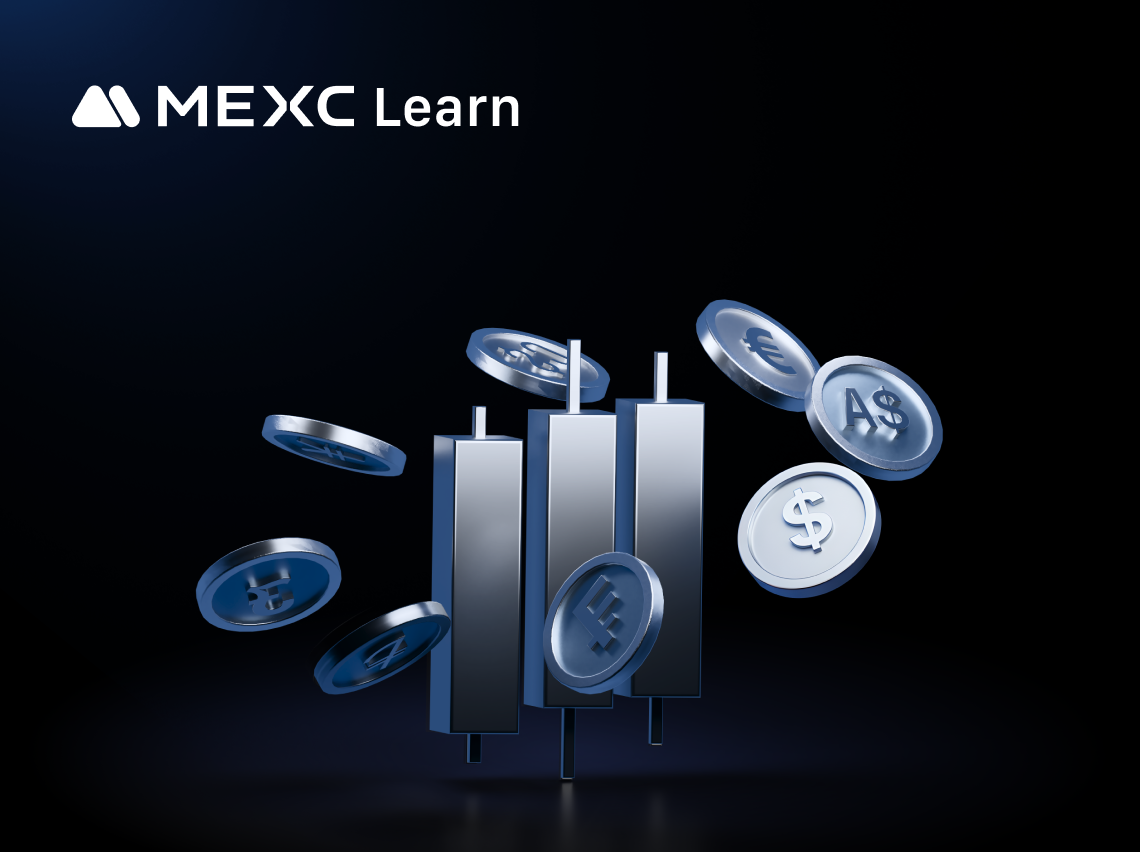
Bitcoin (BTC) Bullish Price Prediction
Introduction to Bullish BTC Outlook Optimistic investors often look to bullish price predictions for Bitcoin (BTC) to identify the coin's growth potential during favorable market cycles. A bullish
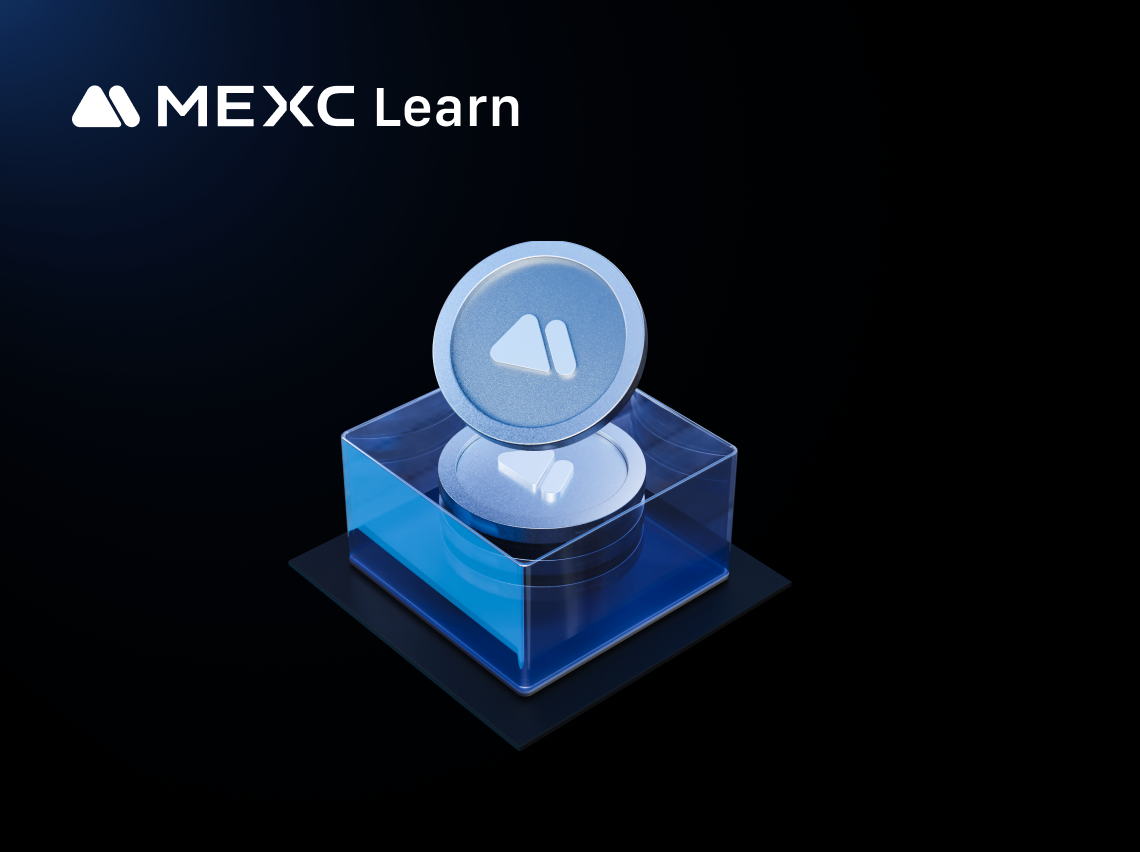
Bitcoin (BTC) Price Prediction: Market Forecast and Analysis
Understanding the price prediction of Bitcoin (BTC) gives traders and investors a forward-looking perspective on potential market trends. Bitcoin price predictions aren't guarantees, but they provide
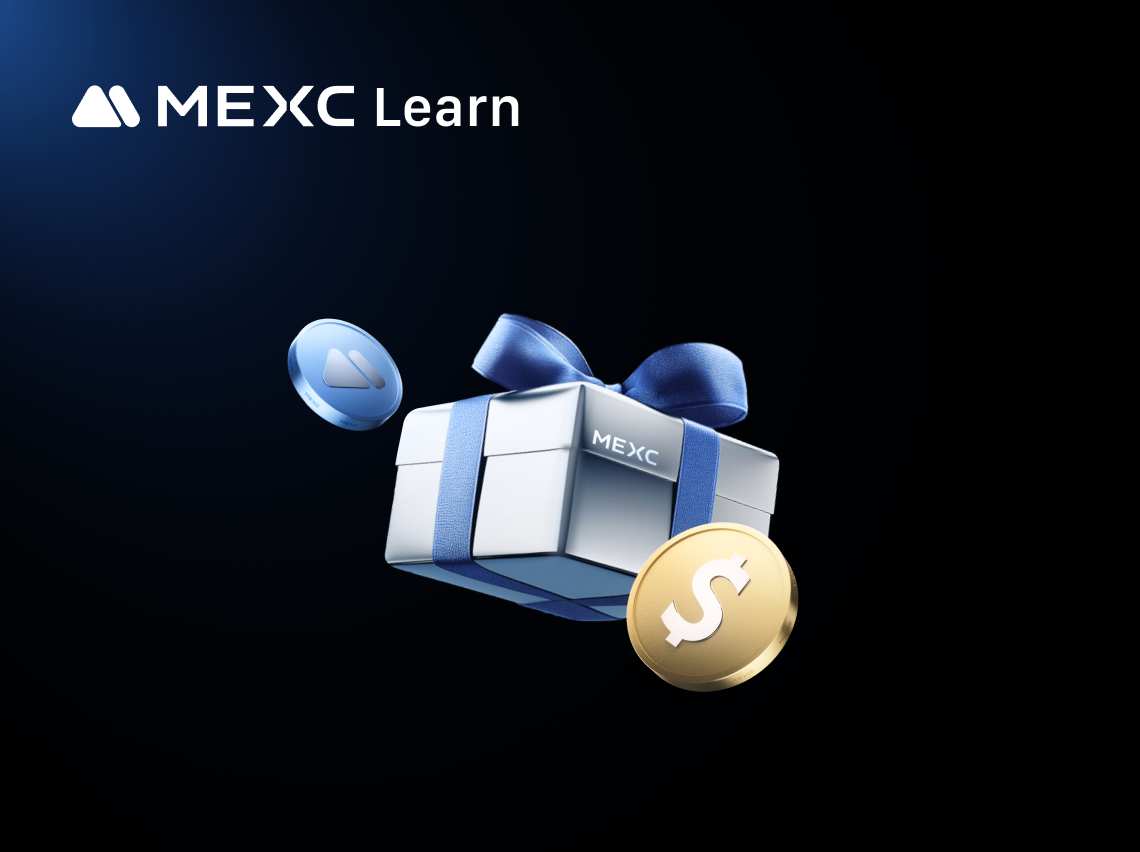
Bitcoin (BTC) Latest Price: Fresh Market Updates
The crypto market changes minute by minute, and the latest Bitcoin (BTC) price offers the most up-to-date snapshot of its current market value. In this article, we highlight the newest BTC price
Trending News
View More
How the $19 billion crypto crash broke the 2025 bitcoin (BTC) narrative
The post How the $19 billion crypto crash broke the 2025 bitcoin (BTC) narrative appeared on BitcoinEthereumNews.com. Crypto was supposed to go out with a bang
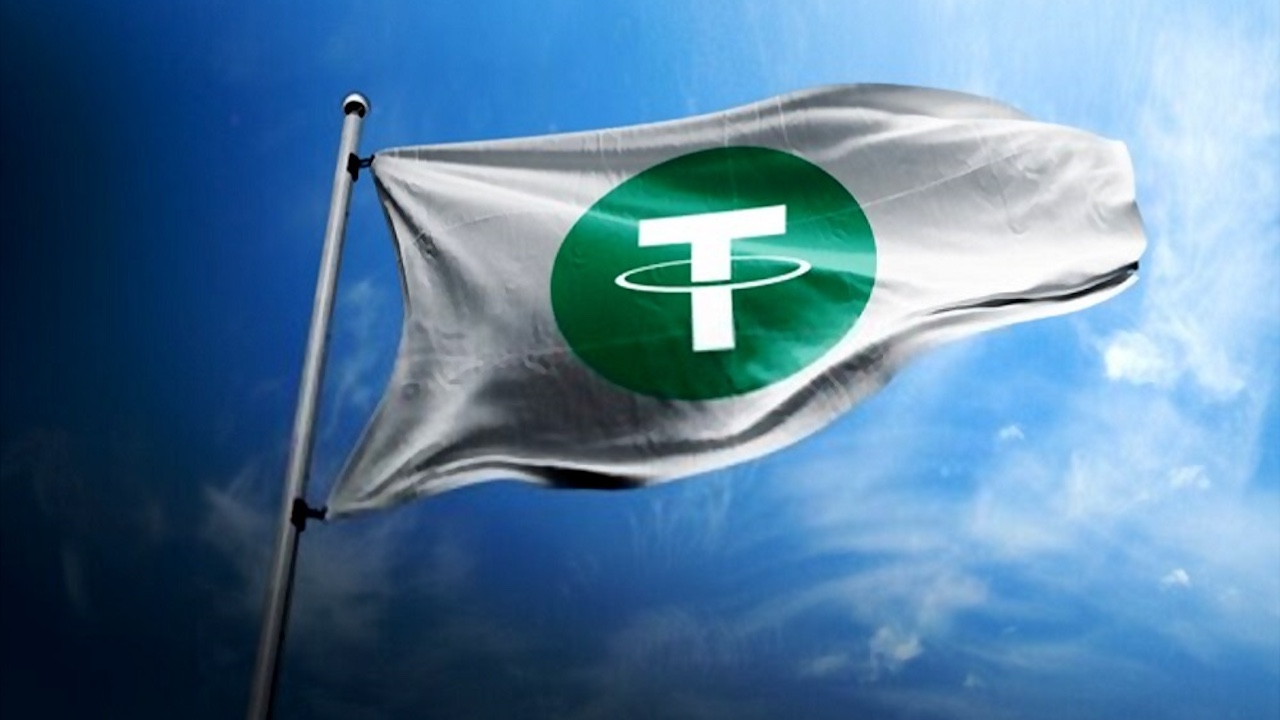
Tether Scoops Up Nearly 10,000 BTC in Q4 2025
Bitcoin (BTC), the world’s leading digital asset, has continued to strengthen its position as the most influential asset despite ongoing turbulence in the crypto

2026 Yılında Bitcoin’i Koruyan Şifre Kırılabilir Mi? İşin Uzmanı Yanıtladı!
Eliza Labs kurucusu Shaw Walters, kuantum bilgisayarların Bitcoin’i (BTC) tehdit edebileceği yönündeki iddialara sert bir dille karşı çıktı. X platformunda yayımladığı

Bitcoin’s Potential 2026 Rebound Debated Amid Bottoming Signals
The post Bitcoin’s Potential 2026 Rebound Debated Amid Bottoming Signals appeared on BitcoinEthereumNews.com. Bitcoin closed 2025 with a 6.2% annual loss, lagging
Related Articles

What is the Lightning Network?
1. What is the Lightning Network?The Lightning Network is a scalability solution built on top of Bitcoin, allowing users to quickly send and receive small amounts of Bitcoin with minimal fees. In simp
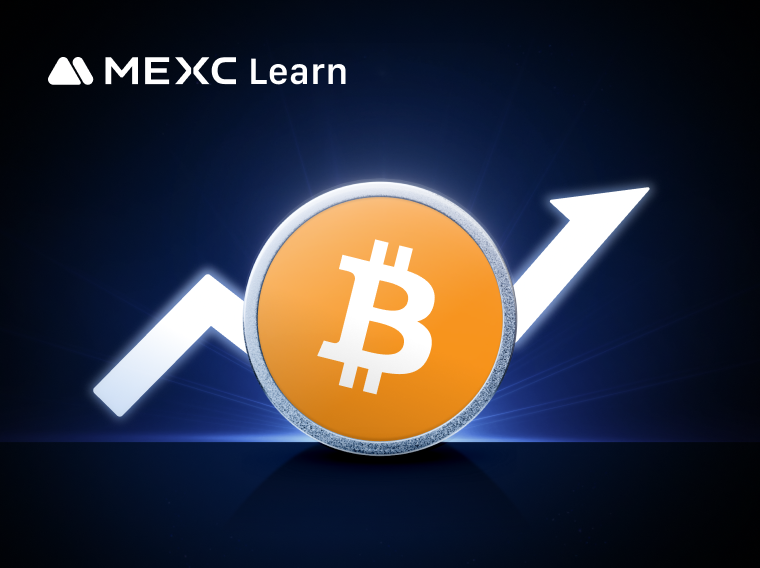
Bitcoin Breaks $118,000: Guide to Trading BTC Safely and Efficiently on MEXC
On July 11, 2025, according to the BTCUSDT Perpetual Futures price on the MEXC trading platform, Bitcoin's price surpassed $118,000, drawing significant global attention. This milestone further reinfo

What Are Bitcoin Runes?
Bitcoin Runes, also known as the Runes protocol, is a protocol for issuing fungible tokens directly on the Bitcoin network. The Runes protocol was proposed by Casey Rodarmor, the founder of the Ordina

How to Check the Deposit Progress on the zkSync Era Network
1. What is zkSync?zkSync is a Layer 2 scaling solution launched by the Matter Labs team, which enhances the scalability of the Ethereum network by employing Rollup technology based on zero-knowledge p
